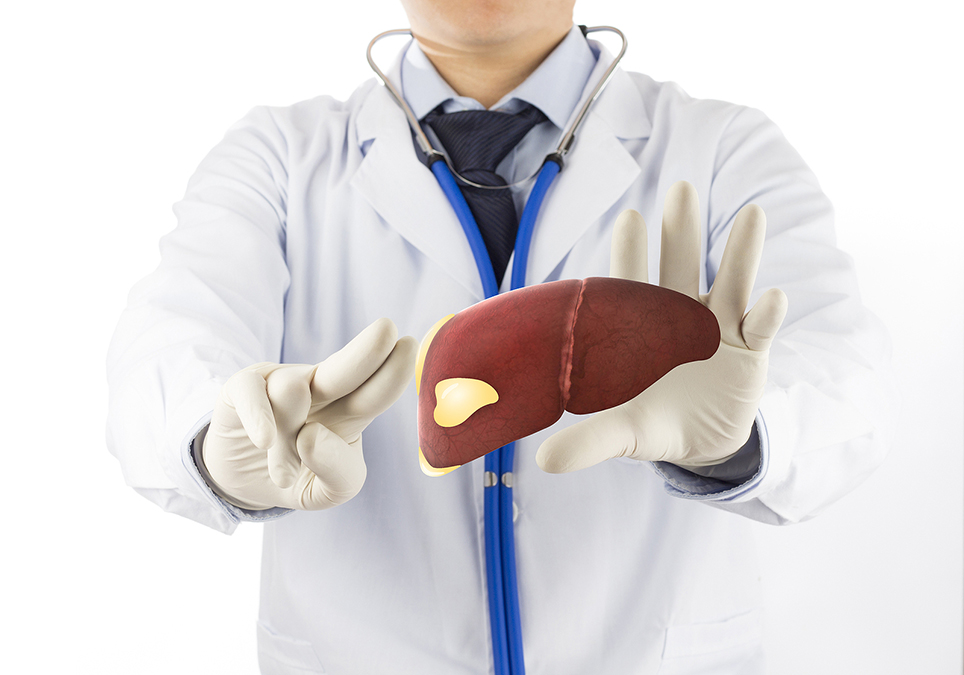 Doctors have long stressed healthy eating for people with nonalcoholic fatty liver disease (NAFLD), yet the right number of daily calories has been a guessing game.
Doctors have long stressed healthy eating for people with nonalcoholic fatty liver disease (NAFLD), yet the right number of daily calories has been a guessing game.
A new study in Scientific Reports tracked thousands of people for decades and found that people with NAFLD who ate either too little or too much died sooner than those who stayed in the middle.
About a third of American adults now live with excess fat building up in their livers, and this fat raises the odds of diabetes, heart trouble, and early death.
So experts often tell patients to “watch calories.” Until now, however, few long-term studies have shown how many calories are truly risky.
The researchers set out to answer this question. They looked at data from 2,466 adults who had NAFLD and participated in a large national health survey called the Third National Health and Nutrition Examination Survey.
First, they asked each person to recall everything they ate and drank during a 24-hour period.
This helped the scientists estimate each person’s daily calorie intake.
Then, they divided the participants into three groups: those who ate few calories, those who ate a moderate amount, and those who ate many calories.
They used different calorie ranges for men and women.
For men, fewer than 2,000 calories was considered low intake, 2,000 to 3,000 was moderate, and more than 3,000 was high.
For women, fewer than 1,600 calories was low, 1,600 to 2,400 was moderate, and more than 2,400 was high.
Next, they followed these people for more than 22 years to see who lived and who died, using national death records to track outcomes.
Here’s what they found:
-
1. Overall, people with low calorie intake had a 27% higher risk of death, while those with high calorie intake were 40% more likely to die early.
2. Men who ate too few calories had a 35% higher risk of dying compared to men who ate moderate amounts.
3. Men who ate too many calories had an even worse outcome — a 54% higher risk of dying.
4. Women showed a 14% higher death risk with both too high and too low calorie intake, but the result wasn’t strong enough for researchers to conclude the effect was due to calories rather than chance.
5. Both low and high calorie intake increased cancer-related deaths by 45% and 94%, respectively.
6. No clear links were found for heart-related or diabetes-related deaths.
So, for men with NAFLD, straying too far below or above a moderate calorie range shortens life. Women showed no strong link between calories and survival, but the moderate range still appears safest.

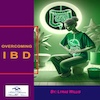 Overcoming IBD
Overcoming IBD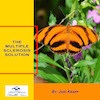 Multiple Sclerosis
Multiple Sclerosis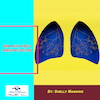 Banishing Bronchitis
Banishing Bronchitis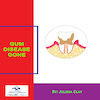 Gum Disease Gone
Gum Disease Gone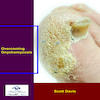 Overcoming Onychomycosis
Overcoming Onychomycosis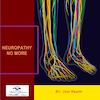 Neuropathy No More
Neuropathy No More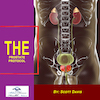 The Prostate Protocol
The Prostate Protocol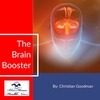 Brain Booster
Brain Booster
 Ironbound
Ironbound
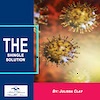 Solution for Shingles
Solution for Shingles
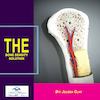 The Bone Density Solution
The Bone Density Solution
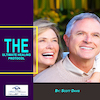 The Ultimate Healing Protocol
The Ultimate Healing Protocol
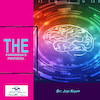 The Parkinson's Protocol
The Parkinson's Protocol
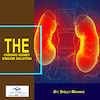 The Chronic Kidney Disease Solution
The Chronic Kidney Disease Solution
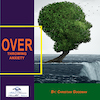 Overthrowing Anxiety
Overthrowing Anxiety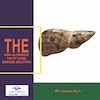 The Fatty Liver Solution
The Fatty Liver Solution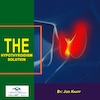 The Hypothyroidism Solution
The Hypothyroidism Solution
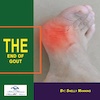 The End of Gout
The End of Gout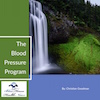 The Blood Pressure Program
The Blood Pressure Program
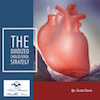 The Oxigized Cholesterol Strategy
The Oxigized Cholesterol Strategy
 Stop Snoring And Sleep Apnea Program
Stop Snoring And Sleep Apnea Program
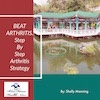 The Arthritis Strategy
The Arthritis Strategy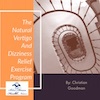 The Vertigo & Dizziness Program
The Vertigo & Dizziness Program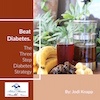 The 3-Step Diabetes Strategy
The 3-Step Diabetes Strategy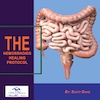 Hemorrhoids Healing Protocol
Hemorrhoids Healing Protocol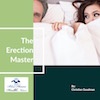 The Erectile Dysfunction Master
The Erectile Dysfunction Master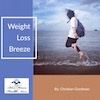 Weight Loss Breeze
Weight Loss Breeze The IBS Program
The IBS Program The Insomnia Program
The Insomnia Program The Migraine and Headache Program
The Migraine and Headache Program The Neck Pain Solution
The Neck Pain Solution The Menopause Solution
The Menopause Solution The Ejaculation Master
The Ejaculation Master The TMJ Solution
The TMJ Solution The Acid Reflux Solution
The Acid Reflux Solution The Fibromyalgia Solution
The Fibromyalgia Solution The Psoriasis Strategy
The Psoriasis Strategy